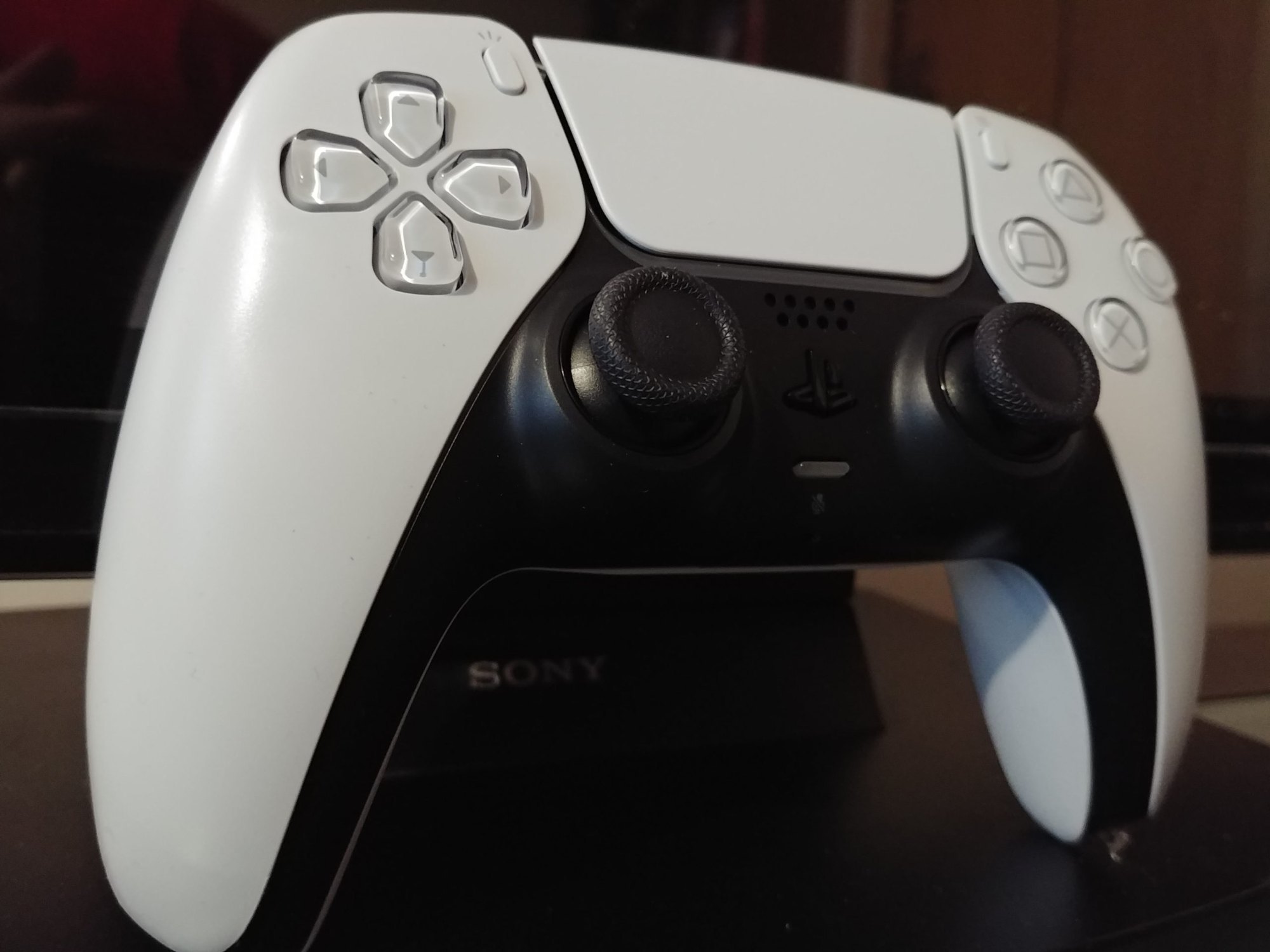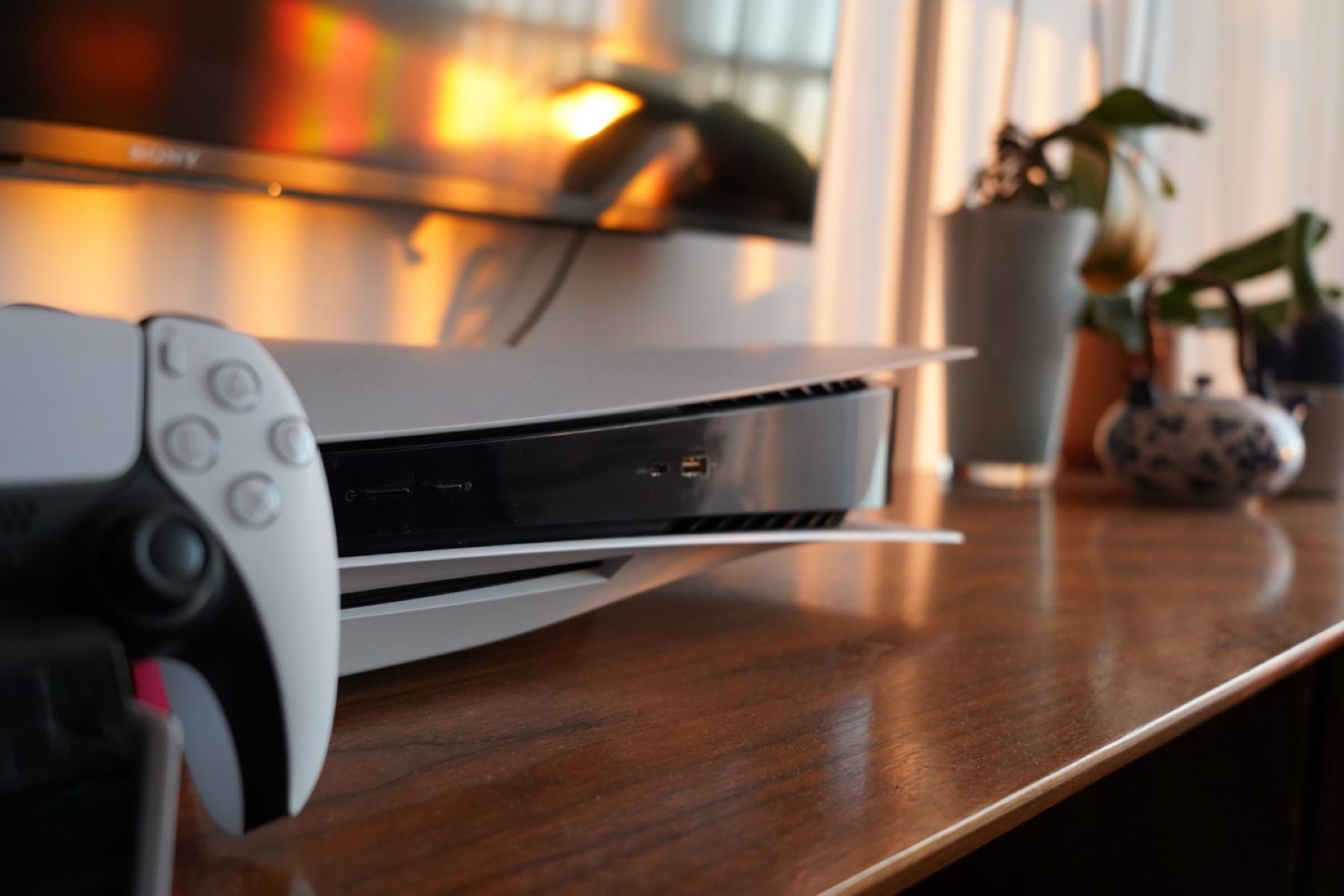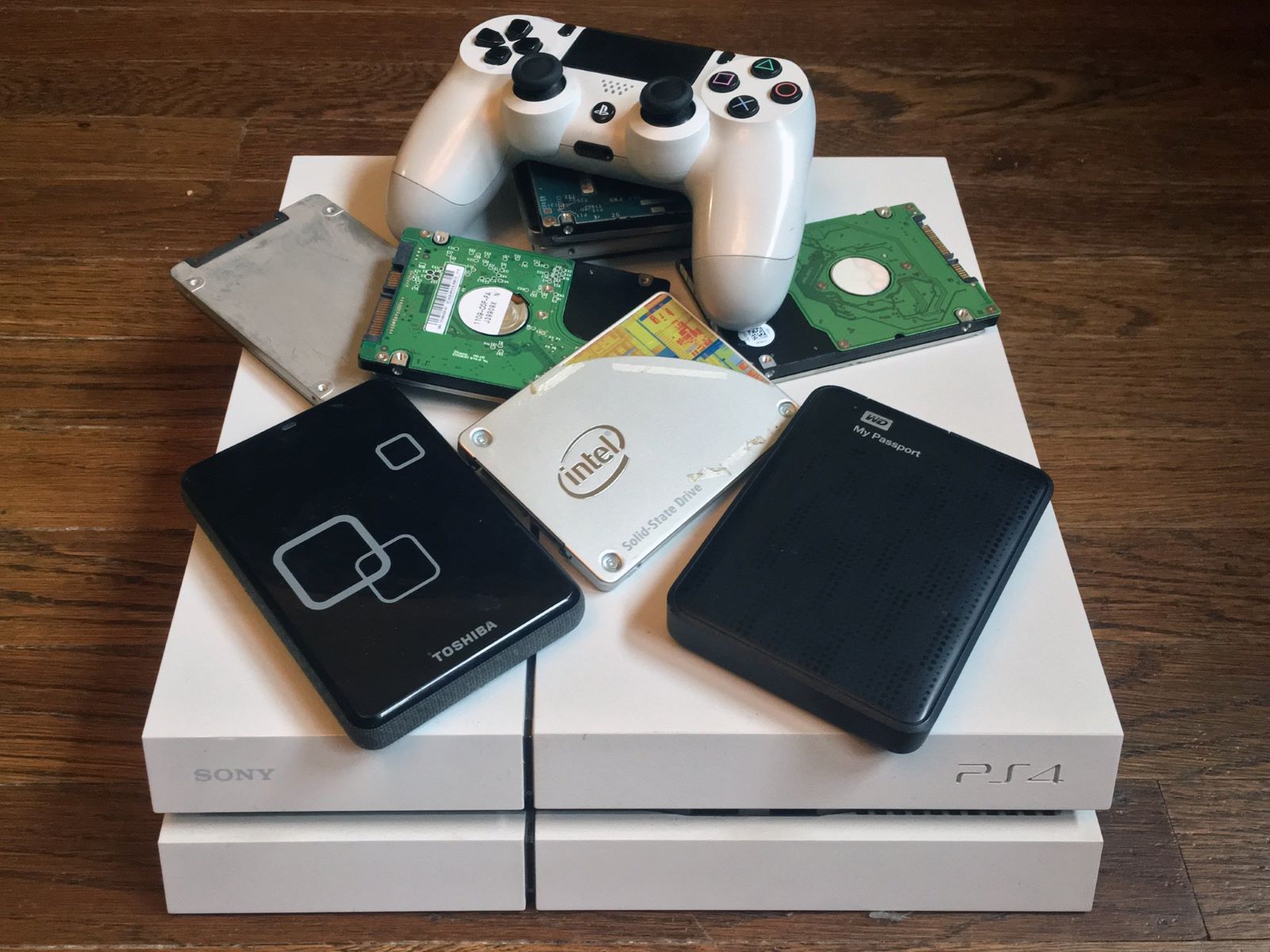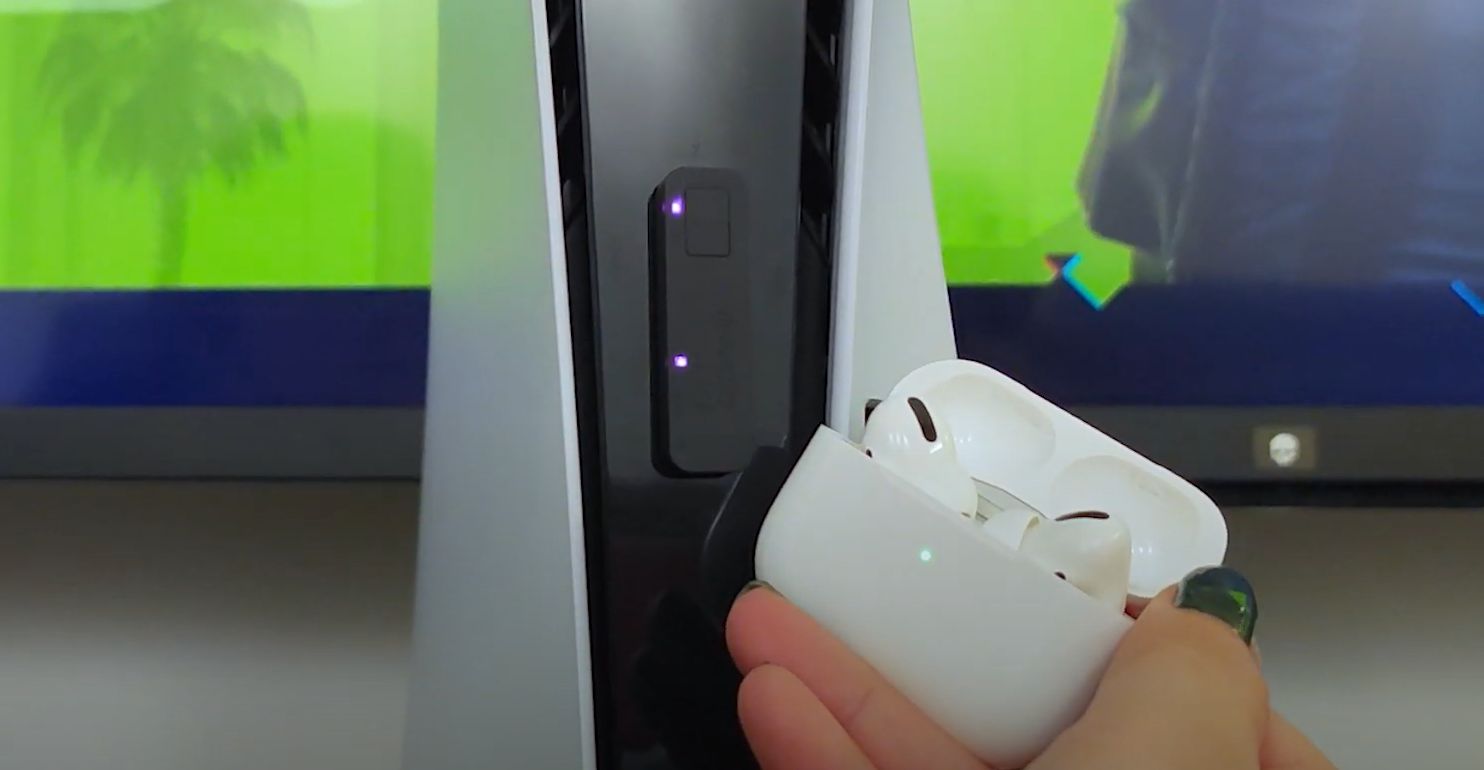Introduction
The PlayStation 5, commonly known as the PS5, is the latest gaming console from Sony Interactive Entertainment. With its powerful hardware and cutting-edge technology, the PS5 has become a highly sought-after device among gamers. As gaming consoles have evolved, so has their power consumption. Understanding the power usage of the PS5 is essential not only for managing your electricity bills but also for ensuring the optimal performance and longevity of the console.
In this article, we will delve into the power consumption of the PS5 and explore its various modes of operation. From idle mode to gameplay and enhanced performance, we will analyze the amount of power the console utilizes in different scenarios. Additionally, we will discuss the factors that influence power consumption and provide some tips to help you reduce power usage.
By gaining a comprehensive understanding of the power consumption of the PS5, you can make informed decisions about energy management and contribute to a more sustainable gaming experience. So, let’s dive in and explore how many watts the PS5 uses in various situations.
Understanding Power Consumption
Before we dive into the specifics of the PS5’s power usage, it is important to have a clear understanding of power consumption. Power consumption refers to the amount of electrical energy utilized by a device over a given period of time. It is typically measured in watts (W) and can vary depending on the device’s activity level, features, and modes of operation.
For gaming consoles like the PS5, power consumption is particularly relevant as they contain powerful processors, graphics cards, and other components that require a significant amount of energy to function optimally. Power consumption varies depending on the console’s activities, such as being in idle mode, during gameplay, or when running in enhanced performance mode.
It is important to note that power consumption is not a fixed value for the PS5. Instead, it fluctuates based on the console’s workload and settings. The console adjusts its power usage based on the demands of the game being played or the tasks being performed. Understanding the different power usage scenarios will help you better manage and optimize your gaming experience while keeping energy consumption in check.
Monitoring and controlling power consumption not only benefits your pocket by reducing energy costs but also plays a significant role in environmental conservation. By using energy-efficient settings and adopting smart energy management practices, you can contribute to a sustainable gaming lifestyle.
PS5 Power Usage: An Overview
When it comes to power usage, the PS5 offers a range of different modes and settings that affect its energy consumption. Let’s take a closer look at these modes and how they impact power usage:
- Idle Mode Power Consumption: When the PS5 is not actively being used and is in standby or idle mode, it consumes a relatively low amount of power. The console is designed to enter a low-power state when not in use, conserving energy while still allowing for quick startup and system updates.
- Gameplay Power Consumption: During gameplay, the power usage of the PS5 can vary depending on factors such as the graphics intensity of the game, the frame rate, and the processing requirements. More graphically demanding games or running games at higher frame rates may result in higher power consumption.
- Enhanced Performance Power Consumption: The PS5 offers an enhanced performance mode that allows games to take full advantage of the console’s capabilities. While this mode provides an enhanced gaming experience, it also leads to higher power consumption, as the CPU and GPU work harder to deliver improved graphics and performance.
- Sleep Mode Power Consumption: When the PS5 is in sleep mode, it continues to draw a small amount of power to maintain some functions, such as background updates and remote wake features. However, the power consumption in this mode is significantly lower compared to active gameplay or enhanced performance modes.
It is important to keep in mind that power consumption can vary between different PS5 models and may also be influenced by individual game settings and user preferences. Being mindful of your console’s power usage and adjusting settings accordingly can help you optimize your gaming experience while minimizing energy consumption.
Idle Mode Power Consumption
When the PS5 is in idle mode, it consumes a relatively low amount of power compared to active gameplay or enhanced performance modes. In this state, the console enters a low-power standby mode, allowing it to quickly resume operations when needed while conserving energy.
The exact power consumption in idle mode can vary depending on factors such as system updates, background processes, and connected peripherals. However, on average, the PS5 consumes around 20-30 watts of power in idle mode.
To further reduce power consumption in idle mode, you can take a few simple steps. Firstly, consider enabling the console’s power-saving features, which can automatically put the PS5 into a deeper sleep mode when not in use for a certain period of time. This helps to minimize power usage during periods of inactivity.
Additionally, unplugging unnecessary peripherals such as charging cables or external hard drives when not in use can help reduce standby power consumption. These small changes can add up to significant energy savings over time.
Remember that even in idle mode, the PS5 continues to draw power, so it’s important to strike a balance between quick startup times and energy conservation. By adopting energy-efficient practices during idle periods, you can minimize power consumption and contribute to a more sustainable gaming experience.
Gameplay Power Consumption
When it comes to gameplay, the power consumption of the PS5 can vary depending on several factors. Graphically intensive games with higher frame rates and resolutions tend to require more power to render the visuals and maintain smooth gameplay. On the other hand, less demanding or older games may consume less power.
While specific numbers may vary between games and individual play sessions, the average power consumption during gameplay on the PS5 is around 150-200 watts. However, it’s important to note that power usage can spike during intense gameplay moments or during scenes with complex graphics, which may temporarily increase power consumption.
If you’re looking to reduce power consumption during gameplay, there are a few steps you can take. Firstly, consider adjusting the game’s graphics settings. Lowering the resolution, turning off certain visual effects, or reducing the frame rate can help reduce the overall power draw of the console.
In addition, taking breaks and allowing the PS5 to cool down between extended play sessions can also help manage power usage. Overheating can cause the console’s components to work harder, increasing power consumption, so ensuring proper ventilation and temperature management is essential.
Remember that power consumption during gameplay is an integral part of experiencing the full capabilities of the PS5. While it’s important to be mindful of energy consumption, it’s equally important to find the right balance between performance and power efficiency to enjoy a smooth and immersive gaming experience.
Enhanced Performance Power Consumption
The PS5 offers an enhanced performance mode, allowing games to take full advantage of the console’s power and capabilities. However, it’s important to note that the enhanced performance mode can lead to higher power consumption compared to standard gameplay.
When the PS5 is running in enhanced performance mode, the CPU and GPU work harder to deliver improved graphics, higher frame rates, and smoother gameplay. This increased performance comes at the cost of higher power consumption. On average, the power draw during enhanced performance mode can range from 200-250 watts.
If you’re looking to manage power consumption while still enjoying enhanced performance, consider adjusting the settings within each game. Some games offer specific performance modes that allow you to choose between performance and power consumption. Experimenting with these settings can help you find the right balance between power usage and optimal gaming experience.
In addition, be mindful of the ambient temperature and ensure proper ventilation. A well-ventilated gaming area can help dissipate heat more effectively, reducing the strain on the console’s components and potentially minimizing power consumption.
While enhanced performance mode can provide a visually stunning and immersive gaming experience, it’s important to weigh the benefits against the increased power consumption. By understanding the trade-offs and making informed decisions, you can strike a balance between performance and energy efficiency to suit your gaming preferences.
Sleep Mode Power Consumption
When you put the PS5 into sleep mode, it enters a low-power state while still maintaining some functionality. In this mode, the console consumes significantly less power compared to active gameplay or enhanced performance modes.
The precise power consumption during sleep mode can vary, but it typically stays below 1 watt. This minimal power draw allows the PS5 to perform background updates, receive remote wake commands, and maintain certain functions while conserving energy.
It’s worth noting that the power consumption in sleep mode can increase slightly if you have features like automatic system updates or remote wake enabled. These features allow the console to stay connected and receive updates even when in sleep mode. While the power increase is minimal, it’s still recommended to disable these features if you prefer minimal power consumption during sleep mode.
To further minimize power consumption during sleep mode, you can ensure that the console is properly configured. Enable the power-saving settings on the PS5, which will automatically put the console into an even lower power state after a certain period of inactivity.
Sleep mode provides a convenient option for quick resume times and background downloads while using minimal power. By utilizing sleep mode when you’re not actively using the console, you can strike a balance between convenience and energy conservation.
Factors Influencing Power Consumption
The power consumption of the PS5 can be influenced by various factors. Understanding these factors can help you manage and optimize power usage. Here are a few key factors that can impact power consumption:
- Game Graphics and Settings: The graphical intensity and settings of the game being played can affect power consumption. Games with high-resolution graphics and demanding visual effects require more processing power, resulting in higher power usage. Adjusting the graphics settings within each game can help optimize power consumption.
- Frame Rate: The frame rate at which a game is played can impact power consumption. Higher frame rates typically require increased processing power, leading to higher power consumption. Consider balancing the desired frame rate with power efficiency for an optimal gaming experience.
- Console Cooling and Ventilation: Inadequate cooling and poor ventilation can cause the console components to work harder, resulting in higher power consumption. Ensure that your PS5 has proper airflow and is placed in a well-ventilated area to maintain optimal performance and minimize power usage.
- Connected Peripherals: The power consumption of the PS5 can increase when additional peripherals, such as external hard drives or charging cables, are connected. While these accessories are convenient, it’s good practice to disconnect them when not in use to reduce standby power consumption.
- PS5 Model and Firmware: Different PS5 models may have variations in power consumption due to differences in hardware components. Additionally, firmware updates from Sony may include optimizations that can improve power efficiency. Keeping your console firmware up to date ensures that you benefit from any power-saving enhancements.
By considering these factors and making informed choices, you can effectively manage power consumption while enjoying an optimal gaming experience on your PS5.
Tips for Reducing Power Consumption
If you’re looking to reduce the power consumption of your PS5 and contribute to a more energy-efficient gaming setup, here are some tips to consider:
- Enable Power-Saving Features: Take advantage of the power-saving features available on the PS5. These features can automatically put the console into a low-power state when not in use, helping to minimize idle power consumption.
- Optimize Game Settings: Adjust the graphics settings within each game to strike a balance between visual quality and power efficiency. Lowering the resolution, disabling unnecessary visual effects, or reducing the frame rate can help reduce power consumption during gameplay.
- Proper Ventilation: Ensure that your PS5 has sufficient airflow and is placed in a well-ventilated area. Proper ventilation helps prevent overheating, which can lead to increased power consumption as the console’s components work harder to cool down.
- Disconnect Unnecessary Peripherals: Unplug peripherals such as external hard drives or charging cables when they are not in use. These accessories can draw power from the console even when not actively being used, contributing to standby power consumption.
- Manage Background Updates: Consider adjusting the automatic system update settings to a time when you’re not actively using the console. This prevents updates from running in the background during gameplay or while the console is in sleep mode, reducing power consumption.
- Practice Energy Awareness: Be conscious of your gaming habits and try to minimize idle time when the console is not in use. Switching off the console when you’re done playing rather than leaving it in standby mode can help conserve power.
Implementing these tips can help you reduce power consumption without sacrificing your gaming experience. By adopting energy-conscious practices, you can create a more sustainable gaming setup and contribute to a greener environment.
Conclusion
The power consumption of the PS5 is an important aspect to consider for both financial and environmental reasons. By understanding the different power usage scenarios, including idle mode, gameplay, enhanced performance, and sleep mode, you can make informed choices to optimize power consumption while enjoying an immersive gaming experience.
Factors such as game graphics and settings, frame rate, console cooling, connected peripherals, and PS5 model can all influence power usage. By adjusting game settings, practicing proper ventilation, disconnecting unnecessary peripherals, and utilizing power-saving features, you can reduce power consumption and create a more energy-efficient gaming setup.
Being mindful of power usage not only helps to lower electricity bills, but also contributes to a greener environment. By adopting energy-conscious practices and practicing energy awareness, you contribute to sustainable gaming and reduce your carbon footprint.
So take the time to explore and adjust the various settings available on your PS5, strike the right balance between performance and energy efficiency, and enjoy your gaming sessions while being conscious of power consumption. By implementing these tips, you can create a sustainable and enjoyable gaming experience while minimizing the impact on the planet.

























